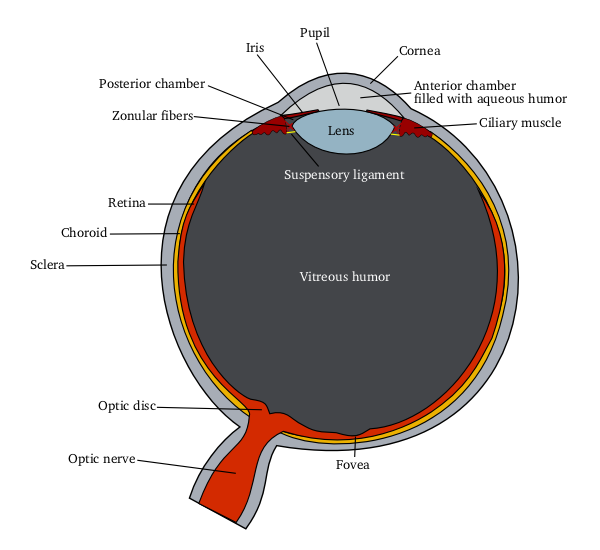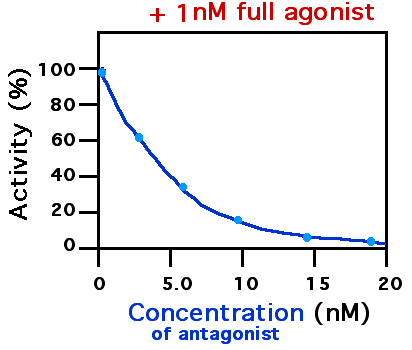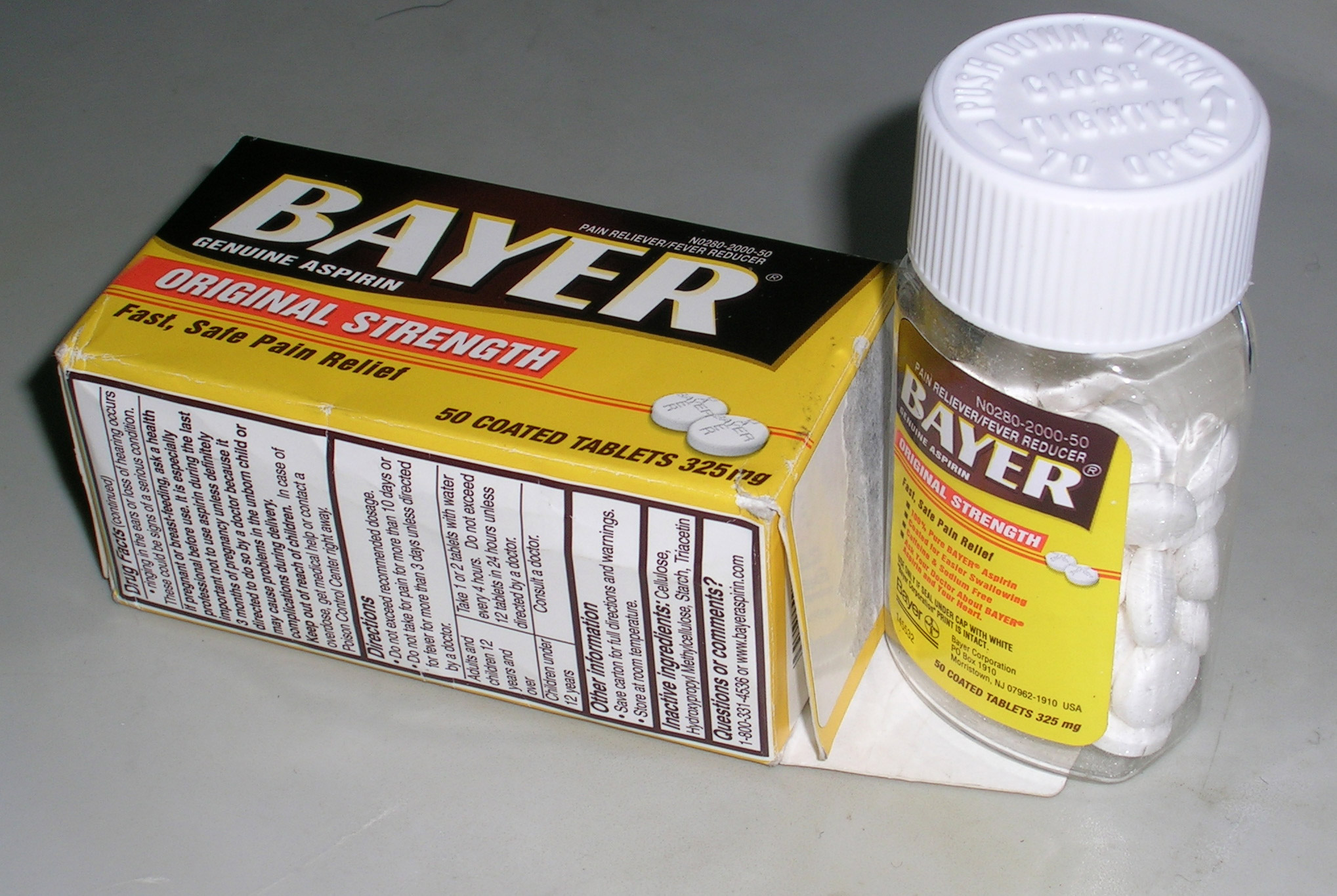|
Alcaftadine
Alcaftadine, sold under the brand name Lastacaft, is an antihistamine used to help prevent itching of the eyes. It is an H1 histamine receptor antagonist. It is given as an drops in the eye. It was approved for medical use in the United States in July 2010. It is available as a generic medication and as an over-the-counter medication. Medical uses Alcaftadine is indicated for the prevention of itching associated with allergic conjunctivitis. Pharmacology Alcaftadine is an antagonist of histamine receptor 1. By blocking the receptor, alcaftadine has been shown to reduce itching and redness of the eyes, and to reduce recruitment of eosinophils after exposure to an allergen. Alcaftadine reduces the number of eosinophils compared to olopatadine 0.1%, and in animal models, alcaftadine 0.25% decreased the expression of the epithelial protein E-cadhedrin-1 compared to placebo. Reducing E-cadherin decreases junctions that lead to the progression of allergic conjunctivitis. Adver ... [...More Info...] [...Related Items...] OR: [Wikipedia] [Google] [Baidu] |
Ophthalmic Drug Administration
Ophthalmic drug administration is the administration of a drug to the eyes, most typically as an eye drop formulation. Topical formulations are used to combat a multitude of diseased states of the eye. These states may include bacterial infections, eye injury, glaucoma, and dry eye. However, there are many challenges associated with topical delivery of drugs to the cornea of the eye. Eye drop formulations Two of the largest challenges faced when using topicals to treat pathological states of the eye include patient compliance and ineffective absorbance of drugs into the cornea. In fact, researchers in this field of drug delivery agree that less than 7% of drugs delivered to the eye reach and penetrate the corneal barrier, therefore, increasing the frequency of dosing used for topicals. This is one of the fundamental problem associated with using topicals to deliver drugs to the cornea and therefore leads to the increased demand for patient compliance. Together, these two facto ... [...More Info...] [...Related Items...] OR: [Wikipedia] [Google] [Baidu] |
Eosinophil
Eosinophils, sometimes called eosinophiles or, less commonly, acidophils, are a variety of white blood cells (WBCs) and one of the immune system components responsible for combating multicellular parasites and certain infections in vertebrates. Along with mast cells and basophils, they also control mechanisms associated with allergy and asthma. They are granulocytes that develop during hematopoiesis in the bone marrow before migrating into blood, after which they are terminally differentiated and do not multiply. They form about 2 to 3% of WBCs. These cells are eosinophilic or " acid-loving" due to their large acidophilic cytoplasmic granules, which show their affinity for acids by their affinity to coal tar dyes: Normally transparent, it is this affinity that causes them to appear brick-red after staining with eosin, a red dye, using the Romanowsky method. The staining is concentrated in small granules within the cellular cytoplasm, which contain many chemical mediato ... [...More Info...] [...Related Items...] OR: [Wikipedia] [Google] [Baidu] |
Mast Cell Stabilizers
Mast cell stabilizers are medications used to prevent or control certain allergic disorders. They block mast cell degranulation, stabilizing the cell and thereby preventing the release of histamine and related mediators. One suspected pharmacodynamic mechanism is the blocking of IgE-regulated calcium channels. Without intracellular calcium, the histamine vesicles cannot fuse to the cell membrane and degranulate. As inhalers they are used to treat asthma, as nasal sprays to treat hay fever (allergic rhinitis) and as eye drops for allergic conjunctivitis. Finally, in oral form, they are used to treat the rare condition of mastocytosis. Examples Mast cell stabilizer medications include: * β2-adrenergic agonists * Cromoglicic acid * Ketotifen * Loratadine * Desloratadine * Methylxanthines * Olopatadine * Rupatadine * Mepolizumab * Omalizumab * Pemirolast * Quercetin * Nedocromil * Azelastine Azelastine, sold under the brand name Optivar among others, is a H1 r ... [...More Info...] [...Related Items...] OR: [Wikipedia] [Google] [Baidu] |
H1 Receptor Antagonists
H1 antagonists, also called H1 blockers, are a class of medications that block the action of histamine at the H1 receptor, helping to relieve allergic reactions. Agents where the main therapeutic effect is mediated by negative modulation of histamine receptors are termed antihistamines; other agents may have antihistaminergic action but are not true antihistamines. In common use, the term "antihistamine" refers only to H1-antihistamines. Virtually all H1-antihistamines function as inverse agonists at the histamine H1-receptor, as opposed to neutral antagonists, as was previously believed. Medical uses H1-antihistamines are clinically used in the treatment of histamine-mediated allergic conditions. These indications may include:Rossi S (Ed.) (2004). ''Australian Medicines Handbook 2004''. Adelaide: Australian Medicines Handbook. * Allergic rhinitis * Allergic conjunctivitis * Allergic dermatological conditions ( contact dermatitis) * Rhinorrhea (runny nose) * Urticari ... [...More Info...] [...Related Items...] OR: [Wikipedia] [Google] [Baidu] |
Epinastine
Epinastine (brand names Alesion, Elestat, Purivist, Relestat) is a second-generation antihistamine and mast cell stabilizer that is used in eye drops to treat allergic conjunctivitis. It is produced by Allergan and marketed by Inspire in the United States. It is highly selective for the H1 receptor and does not cross the blood-brain-barrier. It was patented in 1980 and came into medical use in 1994. References External links Official U.S. website of Elestat Azepanes H1 receptor antagonists Guanidines AbbVie brands Mast cell stabilizers Peripherally selective drugs {{respiratory-system-drug-stub ... [...More Info...] [...Related Items...] OR: [Wikipedia] [Google] [Baidu] |
Allergan, Inc
Allergan, Inc. was an American global pharmaceutical company focused on eye care, neurosciences, medical dermatology, medical aesthetics, breast enhancement, obesity intervention and urologics. Allergan, Inc. was formed in 1948, incorporated in 1950 and became a public company in 1970. It ceased operation in 2015 when it was acquired by Irish-based Actavis plc (itself a 2013 U.S. tax inversion to Ireland), who then renamed the group as Allergan plc. Early history The company traces its roots back to 1948 and pharmacist Gavin S. Herbert, who in 1950 established Allergan Pharmaceuticals, Inc. Allergan focused on the discovery and development of novel formulations for specialty markets, as well as intimate collaboration with physicians and the scientific community. 1953 saw Allergan producing eye drops and formulating new products such as the first cortisone eye drop to treat allergic inflammation and the first ophthalmic steroid decongestant. Acquisitions Allergan became a publ ... [...More Info...] [...Related Items...] OR: [Wikipedia] [Google] [Baidu] |
Olopatadine
Olopatadine, sold under the brand name Opatanol among others, is a medication used to decrease the symptoms of allergic conjunctivitis and allergic rhinitis (hay fever). It is used as eye drops or as a nasal spray. The eye drops generally result in an improvement within half an hour. Common side effects include headache, sore throat, eye discomfort, change in taste. More significant side effects may include sleepiness. It is unclear if use during pregnancy or breastfeeding is safe. It is an antihistamine and mast cell stabilizer. Olopatadine was patented in 1986 and came into medical use in 1997. It is available as a generic medication. In 2020, it was the 268th most commonly prescribed medication in the United States, with more than 1million prescriptions. Side effects Some known side effects include headache (7% of occurrence), eye burning and/or stinging (5%), blurred vision, dry eyes, foreign body sensation, hyperemia, keratitis, eyelid edema, pruritus, asthenia, sore th ... [...More Info...] [...Related Items...] OR: [Wikipedia] [Google] [Baidu] |
Cadherin
Cadherins (named for "calcium-dependent adhesion") are a type of cell adhesion molecule (CAM) that is important in the formation of adherens junctions to allow cells to adhere to each other . Cadherins are a class of type-1 transmembrane proteins, and they are dependent on calcium (Ca2+) ions to function, hence their name. Cell-cell adhesion is mediated by extracellular cadherin domains, whereas the intracellular cytoplasmic tail associates with numerous adaptors and signaling proteins, collectively referred to as the cadherin adhesome. The cadherin family is essential in maintaining the cell-cell contact and regulating cytoskeletal complexes. The cadherin superfamily includes cadherins, protocadherins, desmogleins, desmocollins, and more. In structure, they share ''cadherin repeats'', which are the extracellular Ca2+- binding domains. There are multiple classes of cadherin molecules, each designated with a prefix (in general, noting the types of tissue with which it is ass ... [...More Info...] [...Related Items...] OR: [Wikipedia] [Google] [Baidu] |
Receptor Antagonist
A receptor antagonist is a type of receptor ligand or drug that blocks or dampens a biological response by binding to and blocking a receptor rather than activating it like an agonist. Antagonist drugs interfere in the natural operation of receptor proteins.Pharmacology Guide: In vitro pharmacology: concentration-response curves " '' GlaxoWellcome.'' Retrieved on December 6, 2007. They are sometimes called blockers; examples include alpha blockers, |
Antihistamine
Antihistamines are drugs which treat allergic rhinitis, common cold, influenza, and other allergies. Typically, people take antihistamines as an inexpensive, generic (not patented) drug that can be bought without a prescription and provides relief from nasal congestion, sneezing, or hives caused by pollen, dust mites, or animal allergy with few side effects. Antihistamines are usually for short-term treatment. Chronic allergies increase the risk of health problems which antihistamines might not treat, including asthma, sinusitis, and lower respiratory tract infection. Consultation of a medical professional is recommended for those who intend to take antihistamines for longer-term use. Although people typically use the word "antihistamine" to describe drugs for treating allergies, doctors and scientists use the term to describe a class of drug that opposes the activity of histamine receptors in the body. In this sense of the word, antihistamines are subclassified acco ... [...More Info...] [...Related Items...] OR: [Wikipedia] [Google] [Baidu] |
Indicated
In medicine, an indication is a valid reason to use a certain test, medication, procedure, or surgery. There can be multiple indications to use a procedure or medication. An indication can commonly be confused with the term diagnosis. A diagnosis is the assessment that a particular edicalcondition is present while an indication is a reason for use. The opposite of an indication is a contraindication, a reason to withhold a certain medical treatment because the risks of treatment clearly outweigh the benefits. In the United States, indications for prescription drugs are approved by the FDA. Indications are included in the Indications and Usage section of the Prescribing Information. The primary role of this section of labeling is to enable health care practitioners to readily identify appropriate therapies for patients by clearly communicating the drug’s approved indication(s). The Indications and Usage section states the disease or condition, or manifestation or symptoms thereo ... [...More Info...] [...Related Items...] OR: [Wikipedia] [Google] [Baidu] |
Over-the-counter Medication
Over-the-counter (OTC) drugs are medicines sold directly to a consumer without a requirement for a prescription from a healthcare professional, as opposed to prescription drugs, which may be supplied only to consumers possessing a valid prescription. In many countries, OTC drugs are selected by a regulatory agency to ensure that they contain ingredients that are safe and effective when used without a physician's care. OTC drugs are usually regulated according to their active pharmaceutical ingredient (API) rather than final products. By regulating APIs instead of specific drug formulations, governments allow manufacturers the freedom to formulate ingredients, or combinations of ingredients, into proprietary mixtures. The term ''over-the-counter'' (''OTC'') refers to a medication that can be purchased without a medical prescription. In contrast, prescription drugs require a prescription from a doctor or other health care professional and should only be used by the prescribed ... [...More Info...] [...Related Items...] OR: [Wikipedia] [Google] [Baidu] |




